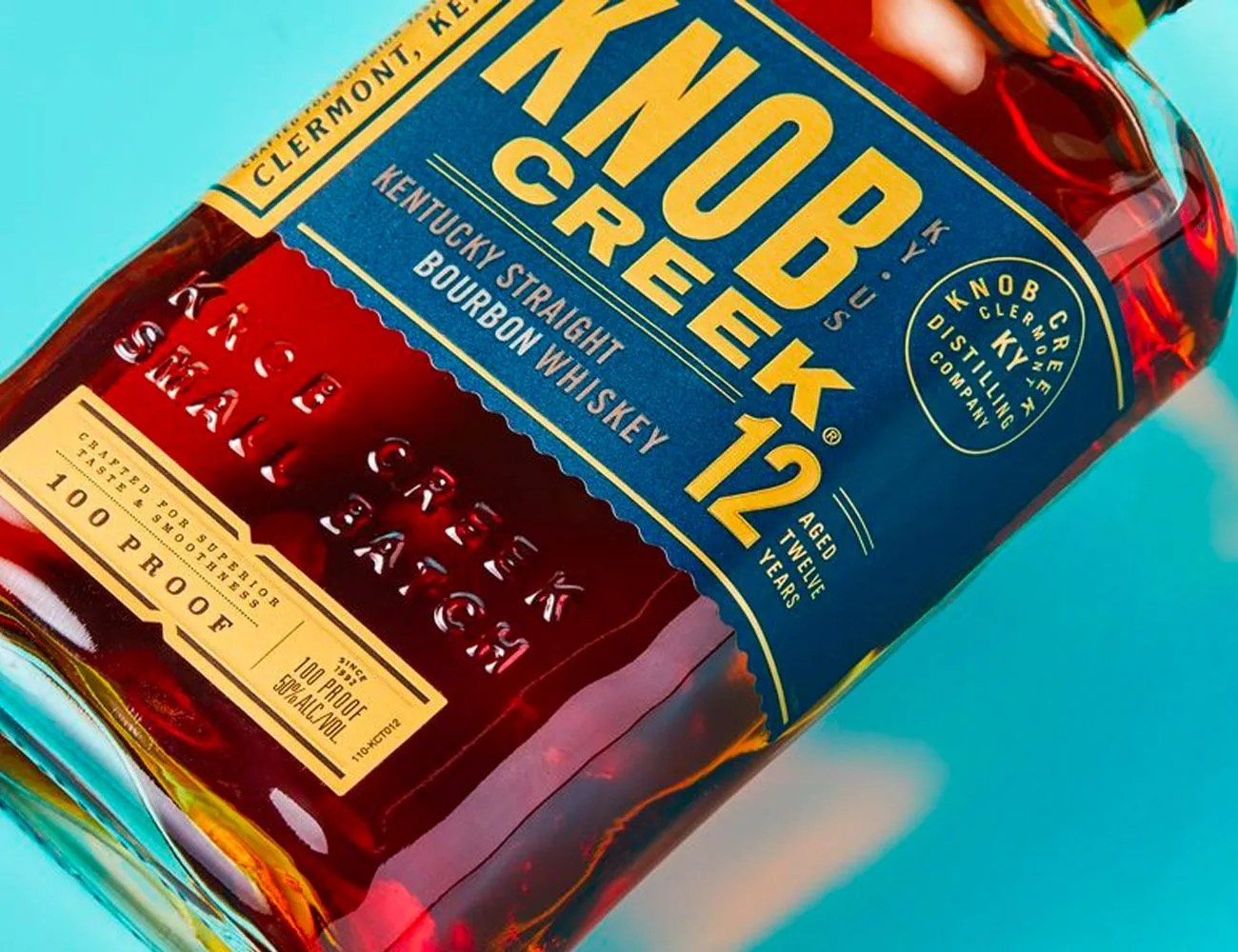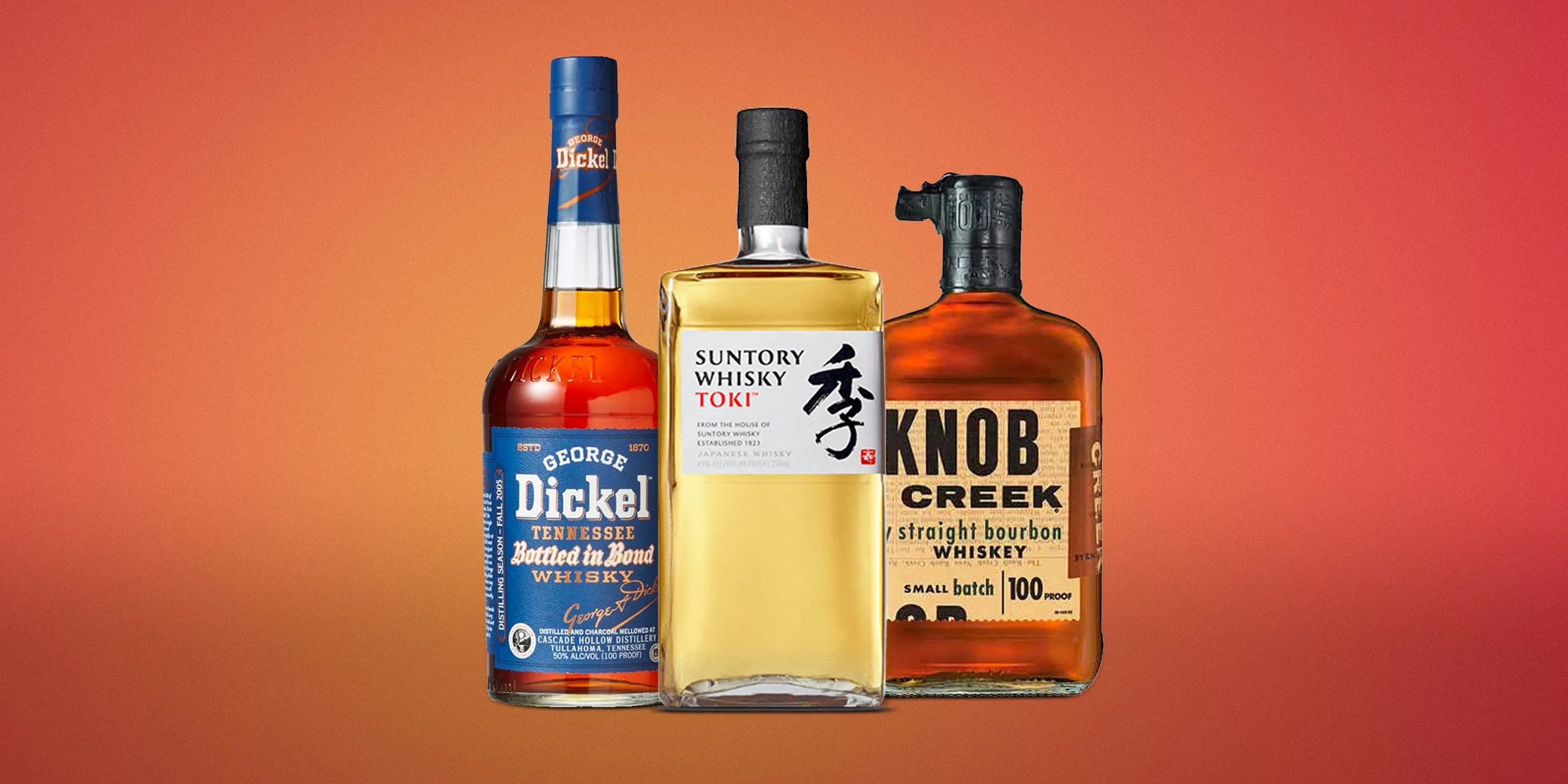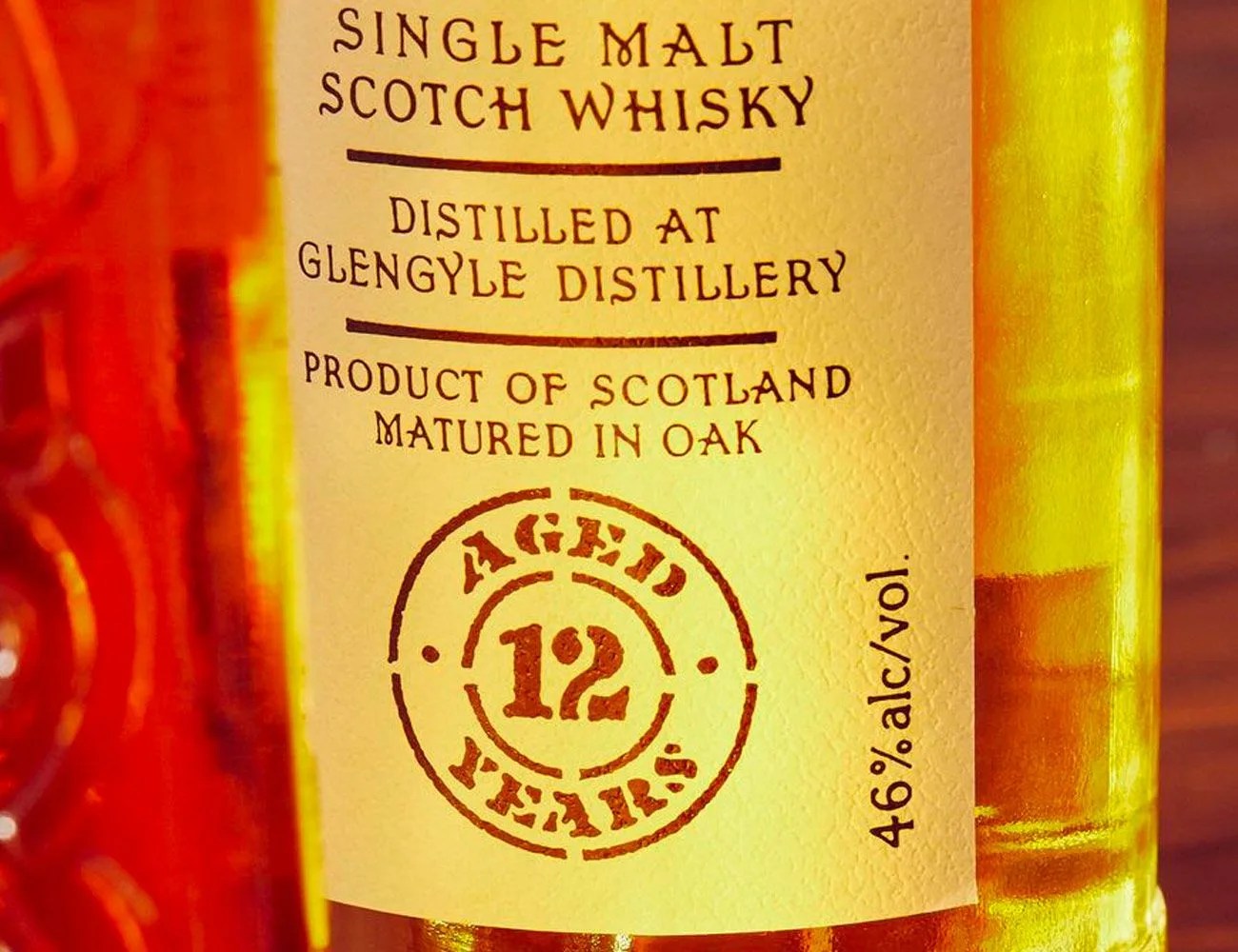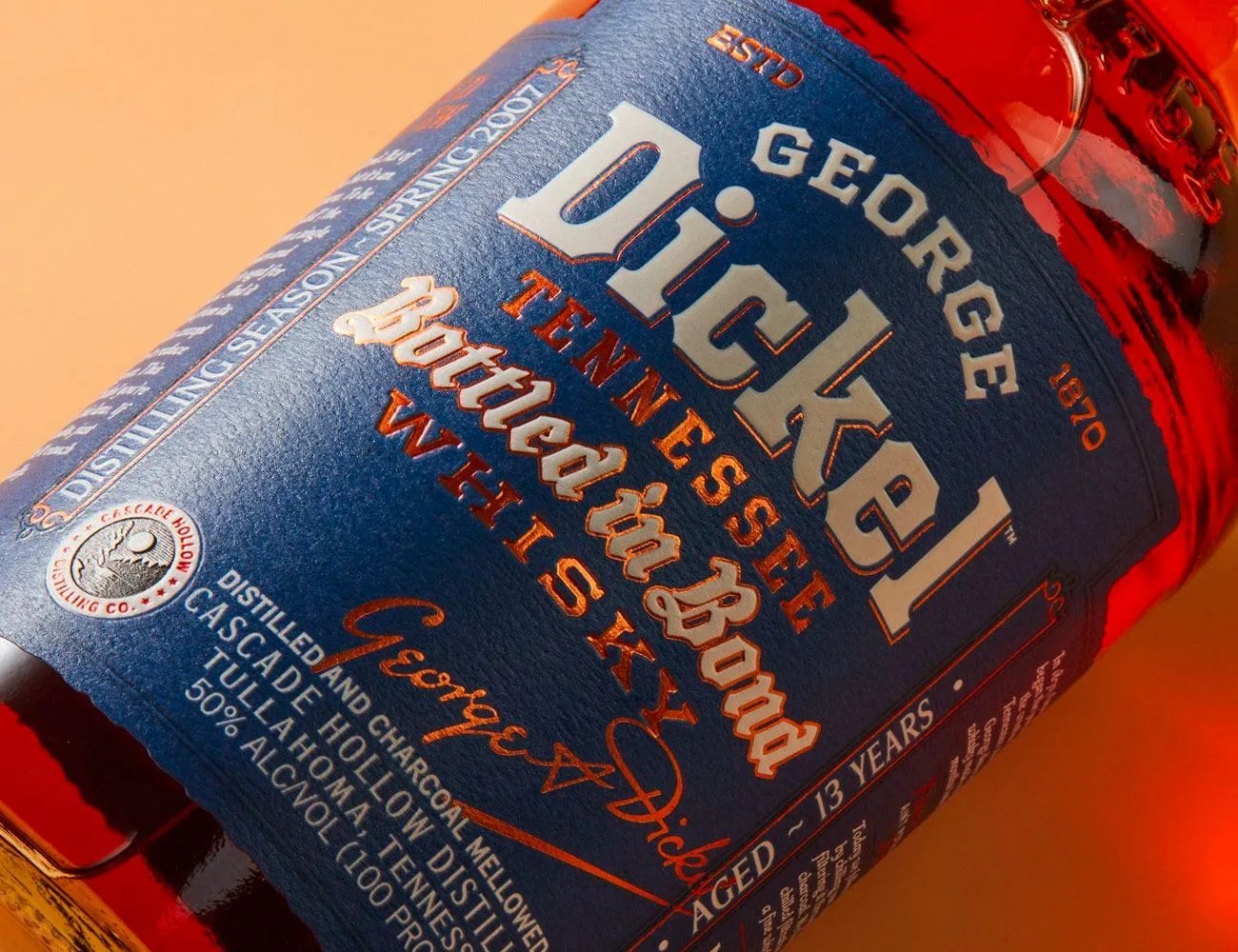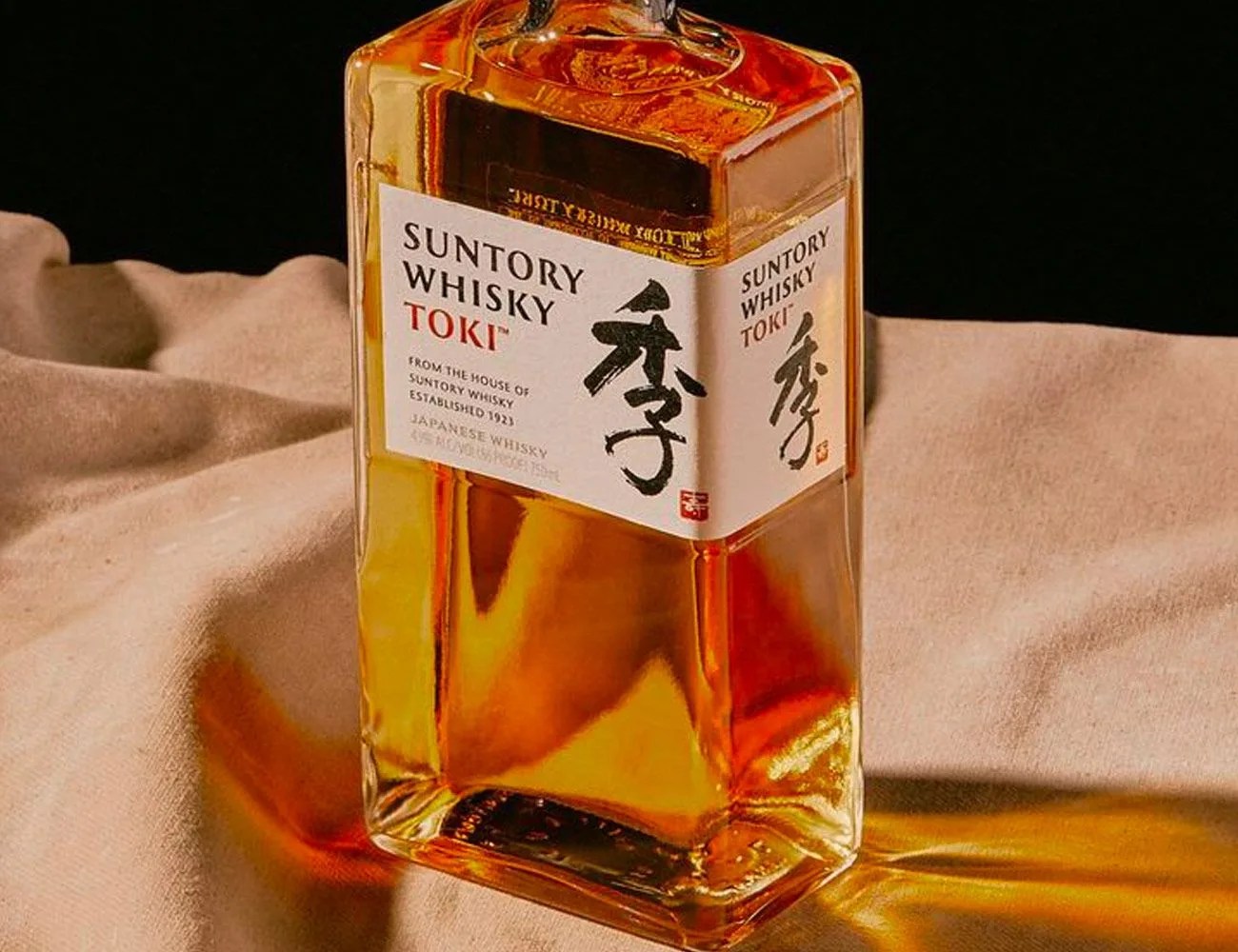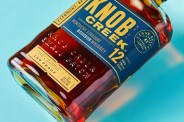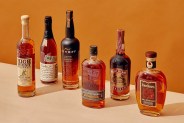For good and for bad, there is more whiskey (or whisky) on shelves today than there has been in the history of the spirit. More competition between producers makes better products, no doubt, and the quality of whiskey on shelves is in all likelihood also at an all-time high, but the wealth of options breeds confusion, too. How is corn whiskey different from bourbon whiskey? Is light whiskey for people on a diet? Why does Tennessee insist its whiskey isn’t bourbon? We’ve got your answers. Here are all the types of whiskey you should know about, and what they are.
Whiskey Styles
Straight Whiskey
The “straight” prefix on a whiskey like bourbon or rye indicates that, legally, the whiskey inside those bottles has to have been aged in charred new oak containers for at least two years. In line with any whiskey designated as a bourbon, it is illegal for straight whiskeys to include added coloring. Ninety-nine percent of all decent whiskey is “straight” under these terms.
Bourbon Whiskey
Bourbon is whiskey made from a mash of at least 51 percent corn. Contrary to popular belief, bourbon does not have to be made in Kentucky to be called bourbon (though Kentucky is often appended on the name of bourbon made there for marketing purposes). Bourbon also must not exceed 80 percent ABV (160 proof) in the mash, and cannot enter maturation barrels — all of which must be charred new oak — above 62.5 percent ABV (125 proof). Bourbon is the largest American whiskey category, and is known for appeasing a wide range of tastes and preferences. There is more variance and choice within bourbon than any other whiskey category, and though it was once considered great value for the money (especially compared to pricier scotch whisky), bourbon pricing has risen dramatically in recent years.
Examples we like: Knob Creek Small Batch 9-Year, Four Roses Bourbon, Evan William Black Label
